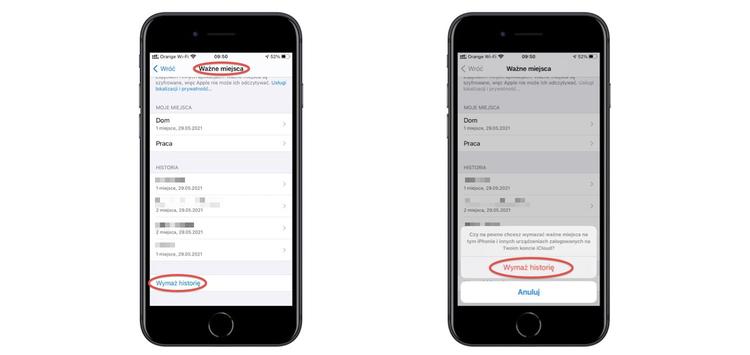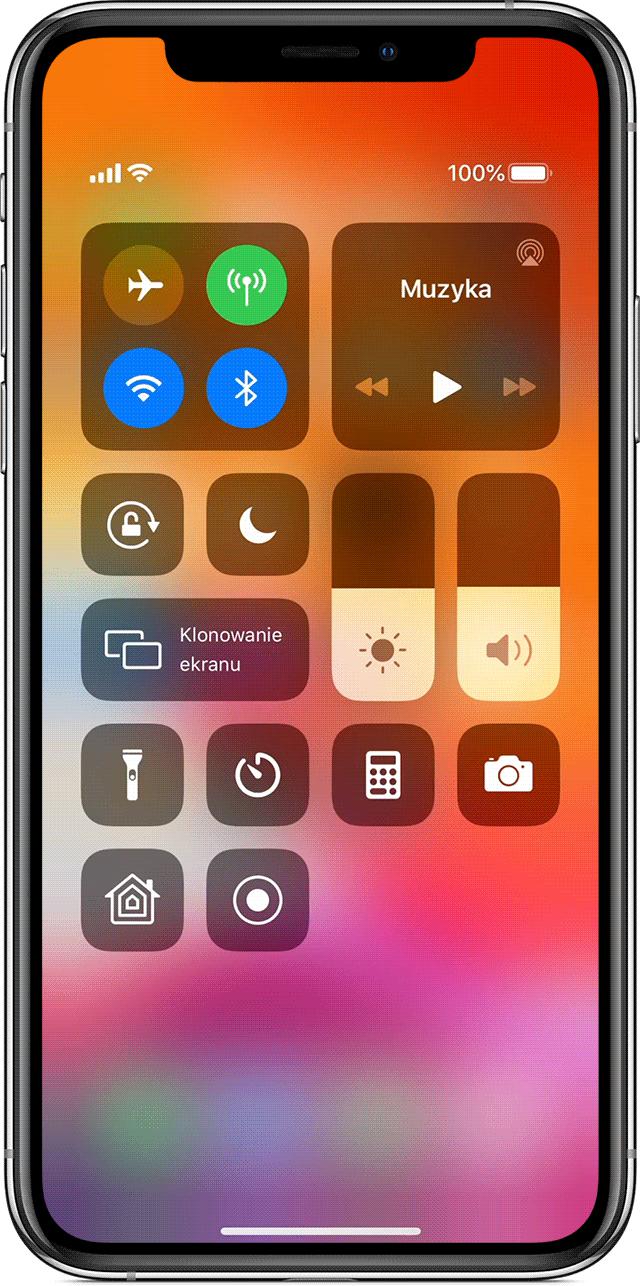Your iPhone uses the built-in GPS module to track every place you visit. Remembers, saves and syncs these locations across all devices connected to iCloud. People who somehow gain access to your iPhone, iPad, or Mac can see not only where you've been, but also where you can be. If this bothers you, there are a few settings you can change on your iPhone to fix it.
Why is iPhone collecting this data?
The system collecting information about the places where the iPhone user happens to appeared a long time ago, because in iOS 7. At first it was called frequent locations, but later it was renamed to important places.
When your iPhone thinks a location might be important for some reason, it records the coordinates of the place and the time you were there. Additionally, it also does this for recently visited locations. Apple then uses this information to personalize services such as route prediction, photo memories, location-based suggestions using Siri, and so on.
The dangers of important places
While the location data collected by the iPhone is end-to-end encrypted so Apple cannot read it, it does sync across all devices connected to iCloud, so it can be viewed on any device connected to the same iCloud account. If someone shares one of your devices, for example an iMac is used by the whole family at home, all of them have access to your important places. If you use a shared iPad at work, your co-workers who have access to it can easily check where and at what time you have been. Of course, there is also the possibility that someone might gain access to your Apple devices unlawfully. Regardless of whether they are hackers, law enforcement agencies, private detectives, nosy family members or suspicious spouses, thanks to access to important places they will get all the information about where and when you moved.
What you can do to protect your location history
To protect your privacy, there are several ways to protect the location data that your iPhone collects. Depending on your needs, you can delete important places one by one from the phone's memory, clear all history or turn this function off completely.
Remember: although this post uses the iPhone as an example, the instructions below also apply to the iPad and iPod Touch.
View important places saved on your iPhone

To view your Important Places, launch the Settings app and select Privacy> Location Services> System Services> Important Places from the menu.
Before you can access the inventory of your most visited locations, you'll need to use Face ID, Touch ID, or a passcode to proceed.
Note: If your iPhone is not password protected, virtually anyone who has your iPhone in their hands can access the list of locations.
Tip: In macOS, you can view Important Locations in System Preferences by selecting Security & Privacy> Location Services> System Services. If access to the Site Inventory is blocked, click on the padlock and enter the administrator password. Then press the Details button next to System Services in the list of options.
Your My Places
When you're in important places, you can see a list of My Places, which are places iPhone recognizes as your home or work. You can also enter or edit these locations manually in the Apple Maps app.
When you open this menu item, you can see how much time you spend in these locations, as well as the time it takes to reach them from elsewhere (by car or on foot) - even if you haven't used Google Maps, Apple Maps, or other navigation services. Apple processes such data in advance, for example for the Siri Suggestions service.
Your story
Under My Places, you'll see History, which includes locations you've visited with your iPhone that Apple deems "important," meaning you've spent some time there. Each location consists of the area: city, the number of locations visited in that city, and the date range and time span you were there.
Touch a city location to view more detailed information, narrowed down to an address or location (businesses, parks, etc.). If you tap on one of these specific locations, you can view the time you were there and how long it took you to get there.
Remove specific significant locations from the History list
At the beginning, let's consider whether it is worth paying attention to this list of locations so much.
Let's say someone has access to your iPhone and your important places, or that someone can access it in the future, whether or not you allow it. Such people can not only spy on the places you visit, but they have full insight into everything you do, where you go and with whom you are meeting, because specific locations are quite easy to associate with specific people. It is not difficult to imagine what people who wish you badly or all sorts of state services can do with such information. Yes, this information is encrypted, password protected or biometric, but the iPhone, although very secure, is not an impregnable claim. Therefore, if somehow such a history of important places can harm you, either delete it or turn off the location saving function.
To delete a single location, tap on any entry that appears in your My Place or History list. In the list of detailed locations that appears, do any of the following, which will delete the entry from the current device and all devices connected to iCloud: - swipe left slightly to the left and press Delete - swipe left across the entire screen on the location, to automatically delete it - touch the Edit button, then touch the red minus (-) icon next to the selected locations and touch the Delete button to delete them. Finally, tap OK to exit edit mode.
You can also erase specific times you've been in each location. So, if you open any location that has the word "visit" in its description, you can use the same three options above to wipe locations to erase specific time intervals.
Note: If a location has only one visit, you'll delete the location itself.
Delete all history of specific locations
Deleting locations one at a time is time consuming, so it's much easier to clear the entire list at once. It will also wipe this data on any device connected to iCloud.
On the Important Places tab, scroll to the very bottom and click Clear History. Your iPhone will ask you if you really want to wipe important locations. Click Clear History to confirm and completely delete your places and history. However, remember that iOS will still keep track of your locations.
Permanently disable location saving on iPhone
If you don't want your iPhone to save the locations you visit, you can turn off the Important Places feature entirely. However, remember that you have to do this on each device connected to iCloud separately, as only this feature does not sync between devices.
On the Important Places tab, move the switch next to Important Places to the left. Just confirm that you want to disable the feature in the pop-up prompt by tapping Disable, and you're done.
Note: Be aware that turning off important locations will affect many Apple apps and services that use personalized location services, such as Maps, Do Not Disturb While Driving, CarPlay, Siri, Calendar, and Photos.
If you care more about privacy than location-based services, completely purely important places functions is a good choice. If you want iOS to track your locations again, you can always turn it back on.
Remember: Disabling meaningful locations won't remove locations already saved on your iPhone - it just prevents you from adding more locations. To delete tracked locations, you need to delete them one at a time, or use the Clear History setting to delete them all at the same time.


![Apps and games on iOS for free.Promotions, discounts, discounts [27.12.2021] Apps and games on iOS for free.Promotions, discounts, discounts [27.12.2021]](https://website-google-hk.oss-cn-hongkong.aliyuncs.com/article-website/google/2021/12/31/661e1a9d1bdfffaecac65b0350aa0db5.webp?x-oss-process=image/auto-orient,1/quality,q_70/format,jpeg)